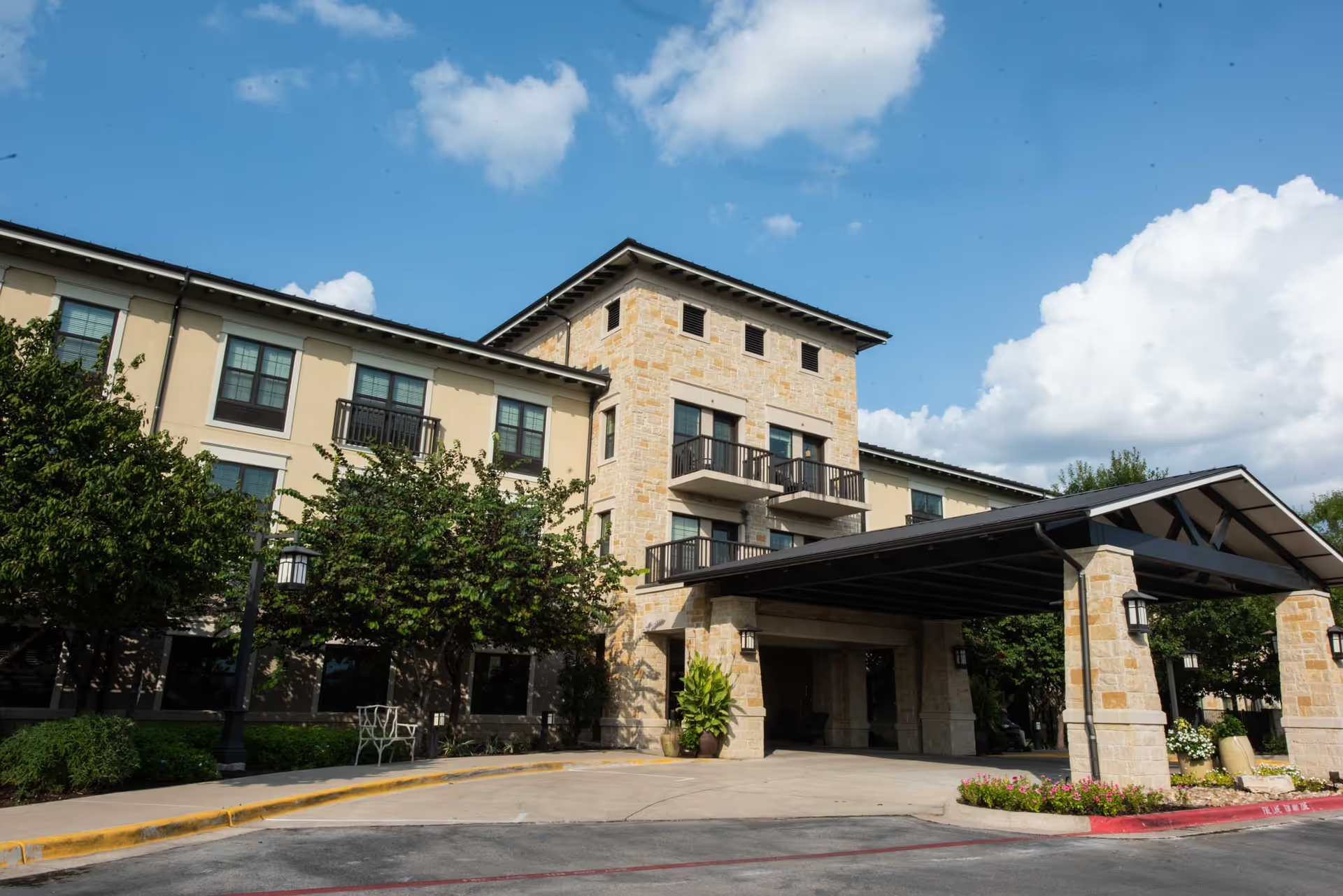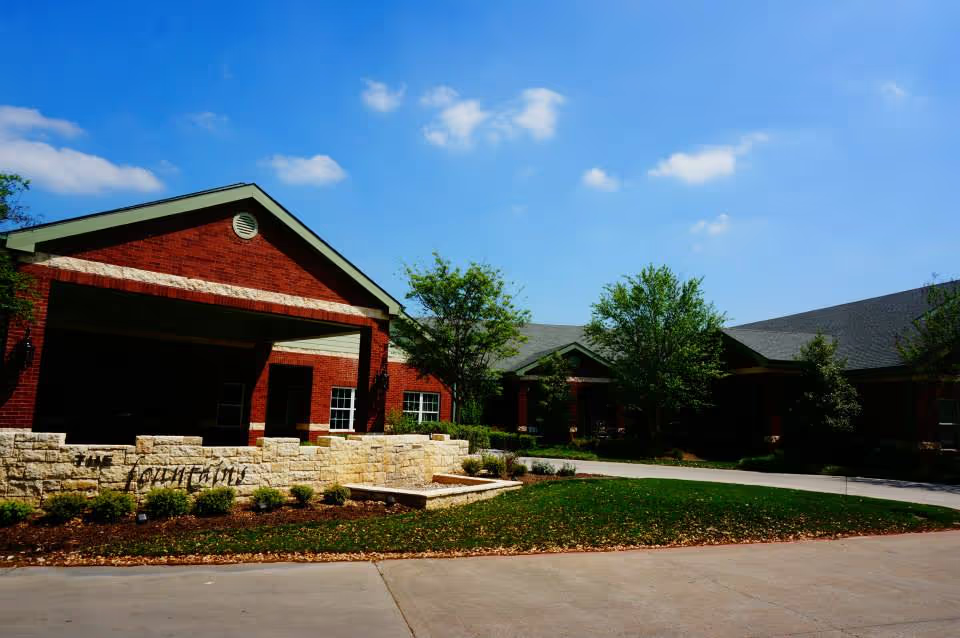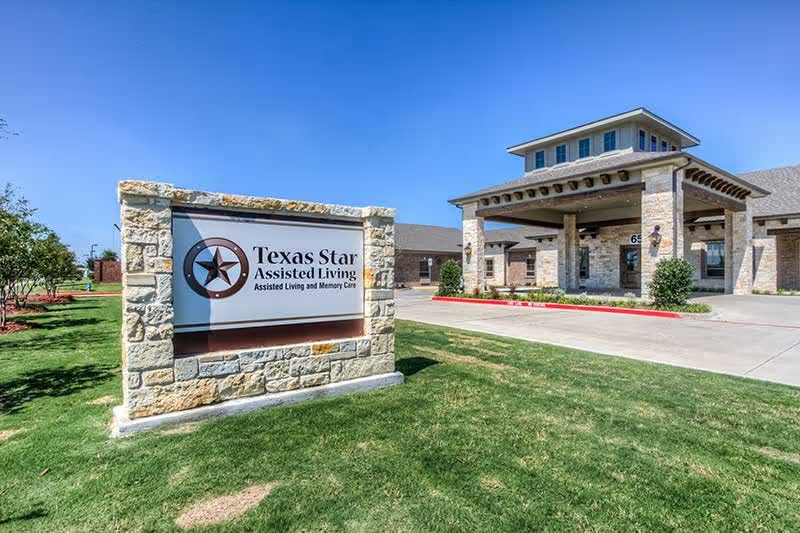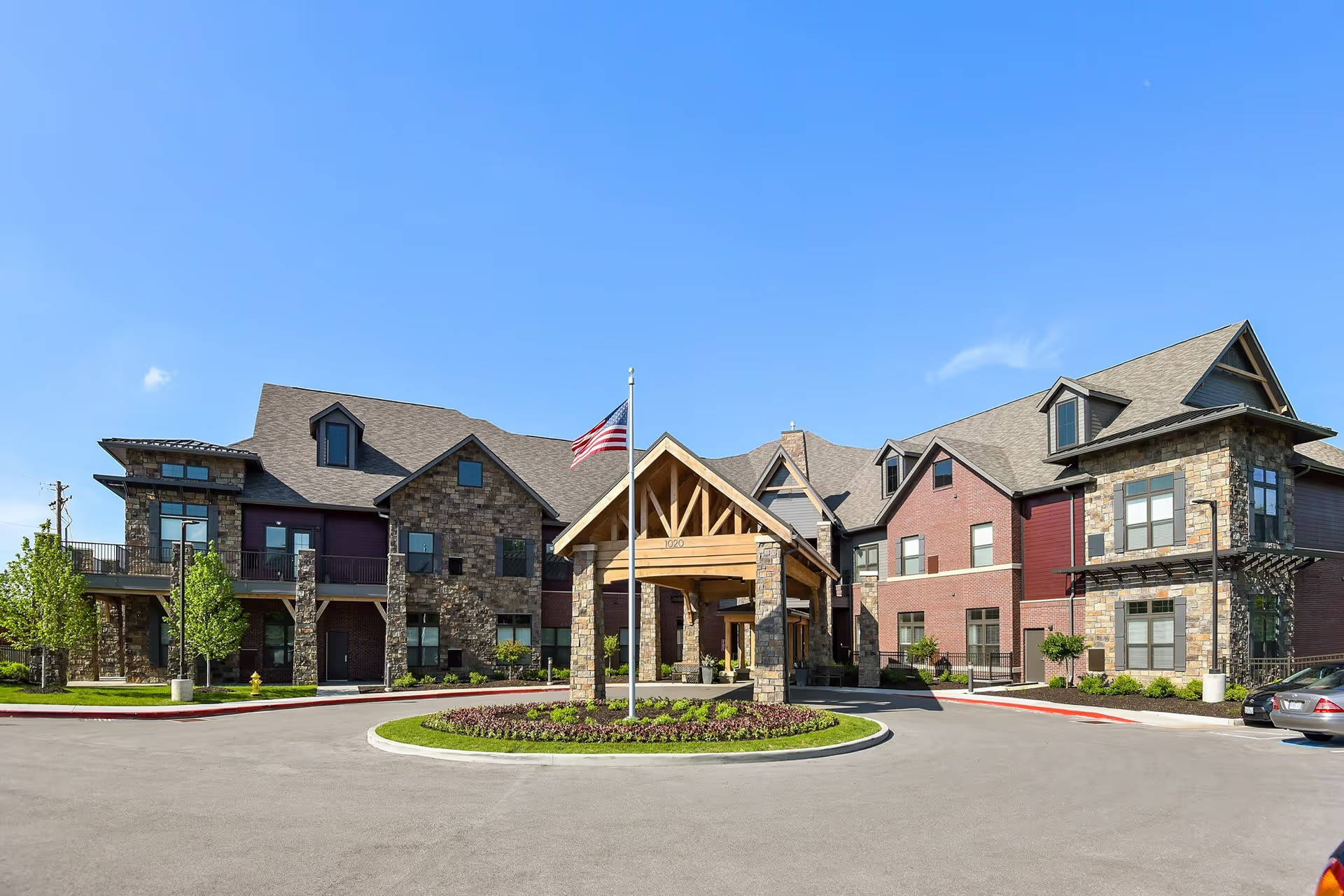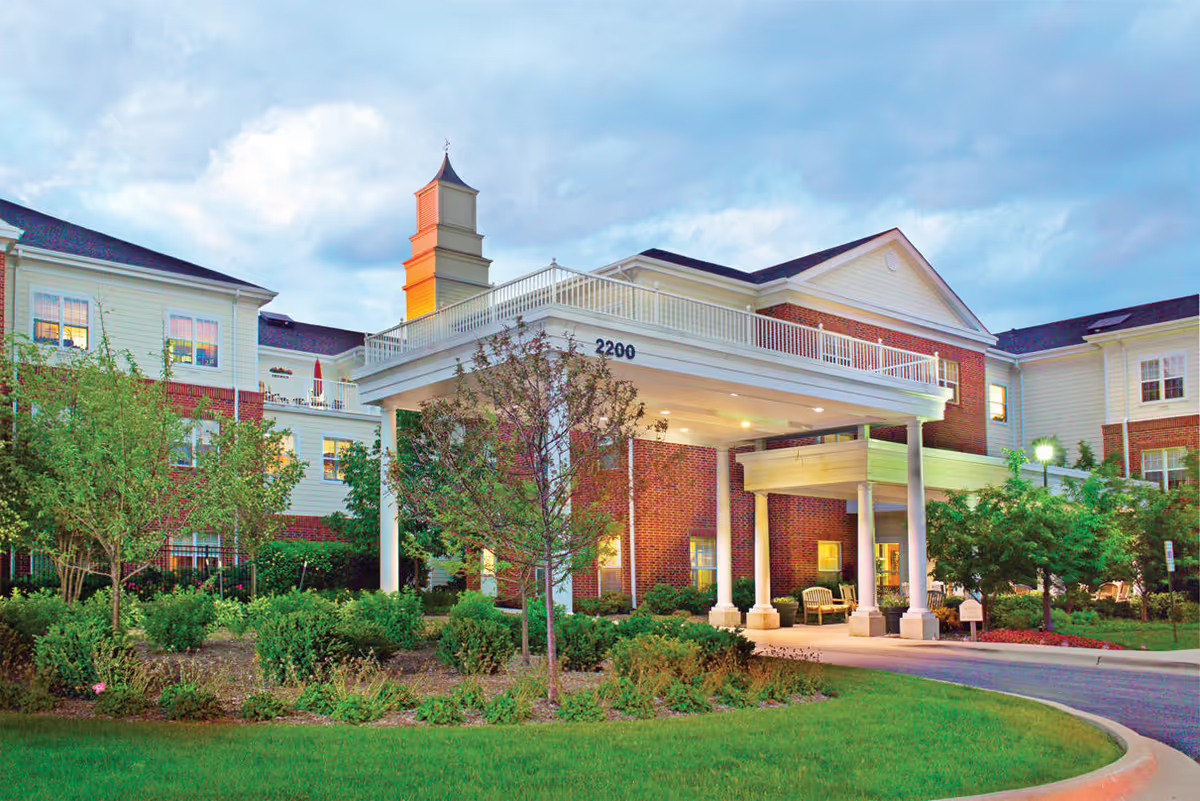Overall impression: The reviews for Copperas Hollow Nursing and Rehabilitation are sharply mixed, with several reviewers praising the facility’s appearance, therapy program, activities, and pockets of excellent staff, while others report serious concerns about nursing care, staffing, cleanliness, and management. The most consistent pattern is variability: some families and residents describe top-tier rehabilitation and a welcoming environment, while others report instances of neglect, poor responsiveness, and facility deficiencies. This suggests that experiences at Copperas Hollow can differ considerably depending on timing, unit, or staffing levels.
Care quality: Care ratings range from “best care and rehabilitation” to reports of missed basic nursing care (for example, missed daily baths and inadequate explanations about the importance of hygiene). Several reviewers explicitly said nursing care is poor or neglectful, while others said nursing is good but staff quality varies. Rehabilitation and physical therapy receive repeated positive mentions — many reviewers described effective PT and successful rehab outcomes. However, the director of therapy is reported to be constrained by lack of funds and weak leadership, which could undermine sustained therapy quality over time.
Staff and responsiveness: Reviews show a wide gulf in staff behavior. Multiple reviewers praised welcoming, respectful, and kind staff, and some called the workplace exceptional for employees. At the same time there are reports of rude, untrustworthy, and apathetic staff members, lying or neglectful behavior, and staff who do not help residents with routine tasks (for example when picking up). Long call-button response times and poor communication were frequently mentioned. Short-staffing is noted directly by some reviewers and implied by complaints about slow responses and inconsistent care.
Facilities and cleanliness: Many reviewers describe a clean, pristine, and well-kept facility — “beautiful facility” appears several times. Conversely, there are specific, serious facility complaints from other reviewers: mold in rooms, a roof needing repair, sticky floors, filthy sheets, and generally dirty clothes or linens. The coexistence of strong cleanliness praise and pointed cleanliness complaints points again to inconsistency in housekeeping practices or variability across units/shifts.
Administration, leadership, and operations: Several reviews raise operational and leadership concerns. Reported gaps in key roles (no social worker, no MDS coordinator) are important because they can affect care planning and regulatory documentation. Reported turnover — director of nursing leaving, a new administrator arriving — and statements that the owner is “flat broke” or that money disappears suggest financial stress and leadership instability. One reviewer explicitly recommended doing a thorough facility walk-through before placement. These managerial and financial issues may help explain the reported inconsistencies in staffing, maintenance, and clinical coordination.
Activities, social programming, and nonclinical staff: The Activity Director and the activities program are repeatedly praised; reviewers said residents love the programming and that the team is a strong point. The cleaning crew received positive comments from some reviewers despite other housekeeping complaints, indicating that some individuals or teams are performing well even when systemic issues exist.
Notable patterns and red flags: The dominant theme is inconsistency — extremes of very positive and very negative experiences. Red flags that emerge from the reviews include missed basic nursing tasks, long call-button response times, reports of mold or roof issues (infection control/maintenance concerns), absence of social work and MDS coordination, management turnover, and financial instability. Positive anchors are the facility’s appearance, effective rehab/PT, and a well-regarded activities program.
Recommendations for prospective families or referrals: Because experiences vary widely, a thorough, targeted assessment is advisable. Key questions to ask and items to check: perform a walk-through including resident rooms and dining/activity spaces; ask about staffing ratios by shift, staff turnover rates, presence of a social worker and MDS coordinator, and current director of nursing status; request recent inspection and infection-control/maintenance records (repairs, mold remediation); observe call-button response times; ask about linen/housekeeping procedures; and clarify who manages finances and billing concerns. Also, verify the stability and funding for therapy services if rehabilitation is the primary need.
Bottom line: Copperas Hollow appears to offer strong rehabilitation, appealing surroundings, and a valued activities program in many cases, but it also shows pockets of concerning problems — especially in nursing consistency, responsiveness, cleanliness in some rooms, and administrative stability. The mixed reviews point to a facility where the quality of a resident’s experience may depend heavily on unit, staff on duty, and management conditions at the time of placement. Proceed with careful, specific due diligence if considering placement.
